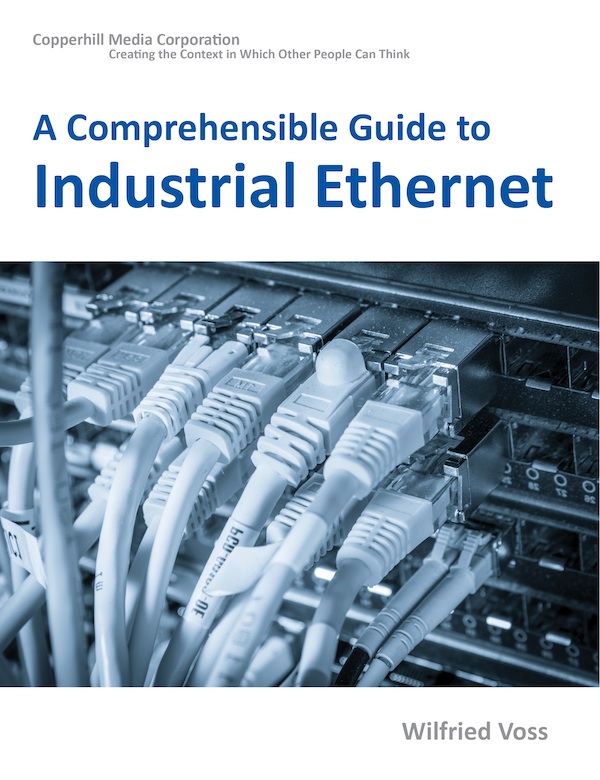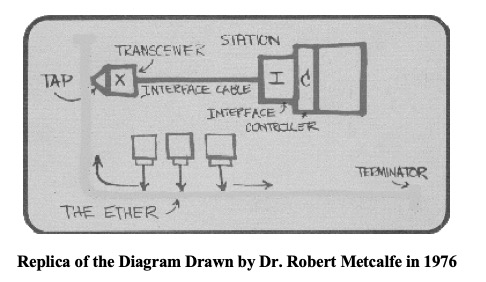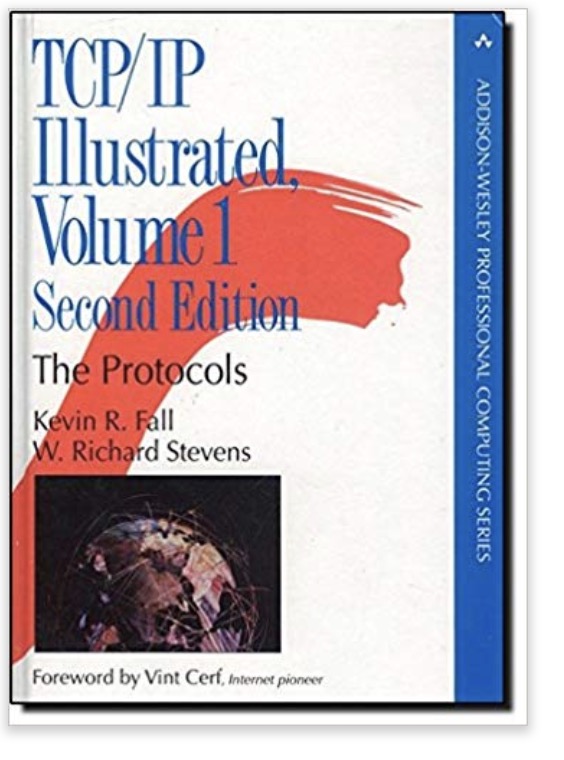Recent Posts
Industrial Ethernet Guide - A Brief History of Ethernet and TCP/IP
Posted by on

The following is part of A Comprehensible Guide to Industrial Ethernet by Wilfried Voss.
The Ethernet technology came to life in 1972 at the Xerox Corporation’s Palo Alto Research Center, more commonly known as PARC, when researcher Bob Metcalfe designed and tested the first Ethernet network.
While working on a way to link Xerox’s "Alto" computer to a printer, Metcalfe developed the physical method to connect devices as well as the standards that governed the communication in the network.
The original Ethernet described communication over a single cable shared by all devices on the network. Once a device was attached to the cable, it had the ability to communicate with any other attached device.
This allowed the network to expand and accommodate new devices without requiring any modification to those devices already on the network.

Metcalfe applied techniques of simultaneous listening and mutual speaking on one channel, as it was (and still is) common in radio communication.
Not surprisingly, the name Ethernet is derived from a term in radio technology. 19th-century scientists believed that electromagnetic waves needed a medium to propagate, and they called that medium Ether.
The very first Ethernet networks were able to connect more than 100 stations at distances of up to 1,000 meter (roughly 3,000 feet). The data transfer rate was 3 megabits per second at the time. The original Ethernet used a coaxial cable as a shared medium. Later, coaxial cables were replaced by twisted pair and fiber optic links in conjunction with hubs or switches. Data rates were periodically increased from the original 3 megabits per second to 100 gigabits per second.
Ethernet has become the most popular and most widely deployed network technology in the world. The Ethernet standard has grown to encompass new technologies as computer networking has matured, but the mechanics of operation of every modern Ethernet network stem from Metcalfe’s original design.
The TCP/IP model (Transmission Control Protocol/Internet Protocol) was also created in the 1970s by DARPA, an agency of the United States Department of Defense.
However, the historic choice for Ethernet plus TCP/IP as a standard protocol add-on (i.e. a higher layer protocol) took place in the mid-1980s when twenty of the largest United States Government Departments, including the U.S. Department of Defense, decreed that all acquired mainframe computers were required to run UNIX as an operating system. UNIX, in turn, supported Ethernet including the TCP/IP add-on.
As a result, most of the commercially available computer systems by companies like IBM, DEC, Cray, Sun, CDC, Unisys, and more, offered relatively interoperable Ethernet and TCP/IP implementations.
It is fair to state that, from a historical view and in today’s world – industrial or household use – the Ethernet TCP/IP marriage is a key combination, but neither one of them would have survived the tides of time without the other.
TCP/IP Illustrated, Volume 1: The Protocols
TCP/IP Illustrated, Volume 1, Second Edition, is a detailed and visual guide to today’s TCP/IP protocol suite. Fully updated for the newest innovations, it demonstrates each protocol in action through realistic examples from modern Linux, Windows, and Mac OS environments. There’s no better way to discover why TCP/IP works as it does, how it reacts to standard conditions, and how to apply it in your applications and networks.
Building on the late W. Richard Stevens’ classic first edition, author Kevin R. Fall adds his cutting-edge experience as a leader in TCP/IP protocol research, updating the book to reflect the latest protocols and best practices fully. He first introduces TCP/IP’s core goals and architectural concepts, showing how they can robustly connect diverse networks and support multiple services running concurrently. Next, he carefully explains Internet addressing in both IPv4 and IPv6 networks. Then, he walks through TCP/IP’s structure and function from the bottom up: from link layer protocols–such as Ethernet and Wi-Fi–through the network, transport, and application layers.
 Loading... Please wait...
Loading... Please wait...

